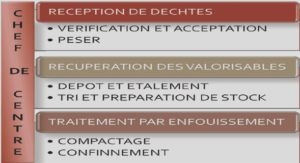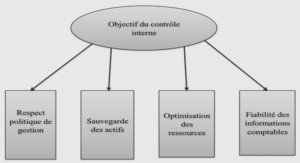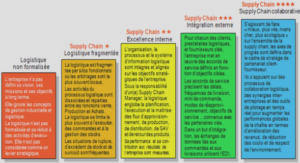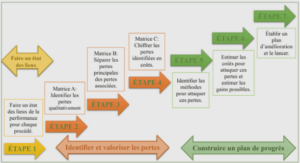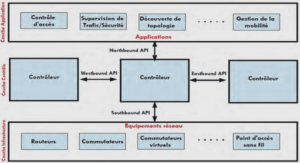Probing DNA base pairing energy profiles using a nanopore
Introduction
Determining the structures and the exchanges between structures of molecules such as nucleic acids and proteins is one of the keys to the understanding of their biological functions. Single molecule force measurements using either position or force clamp (Greenleaf et al. 2007) have been used to reveal the local heterogeneity of base pairing energies (Bockelmann et al. 2002; Collin et al. 2005), the interchange between alternative folded structures (Harlepp et al. 2003; Li et al. 2007; Greenleaf et al. 2008; Garcia-Manyes et al. 2007) as well as the mechanisms of enzymatically mediated mechanical opening of dsDNA (Larson et al. 2008). Theses studies were carried out using mostly optical traps or AFM. They rely on the direct measurement of the instantaneous force involved in the various above mentioned mechanisms. These techniques, although extremely powerful, demand a large amount of work and know-how in the preparation of the tethered probed sample as well as a long time for data collection. In addition they cannot be easily parallelized. In the past decade, the electrophoretic threading of biomolecules through a single nanopore (Kasianowicz et al. 1996) has emerged as an alternative time-efficient approach. The first studies focused on characterizing and understanding the passage of ssDNA and ssRNA through the a-hemolysin (Akeson et al. 1999; Meller et al. 2000). Theses molecules are small enough (1.3 nm in diameter) to translocate through the pore. Transient ionic current blockades are recorded. dsDNA with a helix diameter (2.2 nm) larger than the pore size (1.5 nm) can also translocate, presumably due to the mechanical action of the pore that either opens (Sauer-Budge et al. 2003; Mathe et al. 2004; Tropini and Marziali 2007) or stretch the paired structure (Zhao et al. 2008). Hence, it has been suggested that nanopores could be used to study the stem–loop structures of ssRNA by their sequential opening during the translocation (Bundschuh and Gerland 2005).
Experimental results
Description of the sequences We designed two different sequences of 45 bp coined k-RLS for Rough Landscape Sequence and k-SLS for Smooth Landscape Sequence. The details of the sequences are given in the Supplementary Materials. k-RLS is the sequence of the lambda phage from base 738 to 783. Its total GC content is 64.4%. It presents an AT rich region around base 18, and a GC rich region around base 28. We designed k-SLS with a G–C content of 66.7% (1 additional GC pair) evenly spread along the sequence. We used Mfold (Zuker 2003) to estimate the base pairing enthalpies and entropies of our sequences. We optimized k-SLS such that both its enthalpy and entropy match those of k-RLS to 0.3%. The results are given in Table 1. Both sequences have (1) the same eight first bases in order to avoid any difference in the unzipping time due to the nucleation of the opening fork. (2) A 30 end with a single stranded overhang of 30 adenines that serves as a handle to initiate the threading. Melting curves We tested the global stability of the sequences by measuring their bulk melting profiles (Mergny and Lacroix 2003). Absorbance at 260 nm was measured as a function of temperature in the following buffer: LiCaco 20 mM, KCl100 mM, pH 7.2. Figure 1 shows that the melting curves cannot be distinguished within experimental uncertainty. The melting temperature is 82.6 ± 0.3C. The clear overlay of the profiles indicates that both sequences have very similar global stability. In addition the agreement of the Mfold estimated melting profile with our experimental data is good. Hence, we conclude that the DHo and DSo of our sequences match their predicted values.
Nanopore unzipping
Then, we studied the distributions of translocation time s of both duplexes across a single a-hemolysin pore embedded in a suspended bilayer. The bilayer was formed on a 30 lm hole made in a Teflon cell mounted on an inverted microscope. Figure 2 depicts schematically our experimental set-up. The blockade events are detected with a current amplifier (Axopatch 200B). The blockade signals are filtered at 10 kHz and digitized at 20 kS/s. We worked at T = 24C, pH 7.4, TBE 19, 1 M KCl. Figure 3a shows the distributions of blocked current levels versus blockade durations for k-SLS at 250 mV. We distinguish fast translocating events corresponding to non-hybridized ssDNA from long events corresponding to the unzipping of dsDNA. The distribution of fast events matches the distribution of ssDNA only (data not shown). Theses events were subsequently withdrawn from the analysis. The distributions of current levels are identical for both duplexes. We call P(s) = $0 s p(t)dt the integrated distribution of translocation times s, where p(s) is the distribution of blockade duration. Figure 3b shows P(s) for both sequences at 250 mV. We observe that k-RLS translocates more slowly than k-SLS. This observation remains true over our accessible voltage range 180–350 mV. The typical ratio of the passage times is around 3. Comparison of the distributions at six different voltages are given in the Supplementary Materials. Figure 4a shows how P(s) of k-SLS depends on voltage. We observe that the distributions steepen and that the unzipping times decrease as the voltage U is increased. Our distributions do not fit to the functional form 1 – exp(-s/sK) expected from a Kramers approach and observed for shorter hairpins (Mathe et al. 2004). We thus characterize the distributions by their median value s1/2, defined as P(s1/2) = 1/2. As demonstrated by Fig. 4c, s1/2 diverges at low voltages and does not have the exponential dependance on the applied voltage U expected from a Kramers approach. At low voltage, both sequences tend to have the same translocation time whereas at higher voltages, k-RLS is always slower than k-SLS by a factor 2–4, even at our highest achievable voltage of 350 mV.


